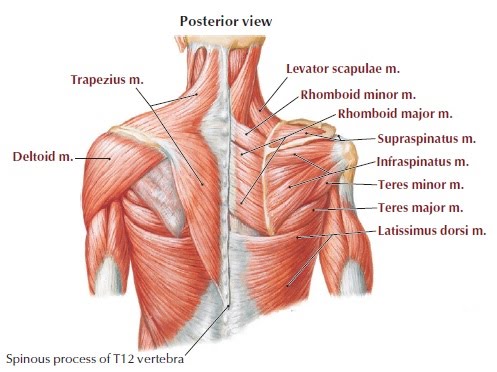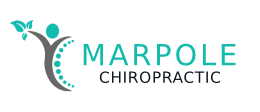
Chiropractic helps shoulder pain
Do you feel a pinch at the front or side of your shoulder when you raise your arm? This is your rotator cuff - a set of 4 small muscles that hold your shoulder into its socket. Hurting these muscles is a common problem and can be caused by trauma or repetitive strains.
It is common belief that chiropractors only treat the neck and back, but we’re fully capable of treating all extremities, including the shoulder. Below is a list of shoulder injuries that chiropractic can help you with. All of these conditions can cause similar symptoms, with overuse and imbalanced muscles being the main cause.
Causes of shoulder pain:
-
Bursitis:The most common diagnosis in patients with shoulder pain is bursitis or tendonitis of the rotator cuff. Bursitis is an inflammation of a fluid-filled sac, or bursa, that lies between tendon and skin or between tendon and bone. Normally a bursa protects the joint and helps make movement more fluid.
-
Rotator Cuff Tendonitis: occurs when tendons are damaged under the arch of the shoulder. These become inflamed and are common in overhead athletes like baseball players and swimmers.
-
Arthritis: Shoulder arthritis is less common than knee and hip arthritis, but when severe, may require a joint replacement surgery. Arthritis is a gradual narrowing of the joints and loss of protective cartilage in the joints about the shoulder.
-
Rotator Cuff Tear: Can be minor or severe. Attempt conservative care before surgery. Physical examination can provide info on severity.
-
Frozen Shoulder: Also called ‘adhesive capsulitis,’ this is a common condition that leads to stiffness of the joint. Can be extremely painful and have extremely limited range of motion.
-
Calcific Tendonitis: Can be calcium deposits or hydroxyapatite deposits. Treatment is determined by severity of symptoms and duration.
-
Labral Tear: Can involve a deep painful click of the shoulder join. Usually caused by trauma (collision). Minor injuries can be caused by repetitive overhead actions.
-
Shoulder Instability: Usually a byproduct of trauma. Heavily dependent on damage to surrounding structures, ligaments and tendons.
-
Shoulder Dislocation: Most common being anterior and inferior. Thorough examination is necessary to determine severity and treatment plan.
-
Shoulder Separation: Multiple grades of AC separations. Grade 1 is treatable with chiropractic but more severe grades may require surgery.
-
SLAP Lesion: The SLAP lesion is also a type of labral tear. The most common cause is a fall onto an outstretched hand.
-
Biceps Tendon Rupture: Chiropractic will involve assessing the extent of the rupture and surgical referral.
Chiropractors will take a full history and perform a physical examination before applying a variety of techniques including: myofascial release, massage, adjustments, stretching, and rehab. For example, specific to the rotator cuff, cervical and thoracic mobility are important assessments if you are suffering from shoulder pain. Beyond the technical, we also take a fully integrated approach to look at how your lifestyle, activities and aggravating factors affect your injuries. Regaining proper control is vital to reducing symptoms and preventing further damage to the shoulder.
